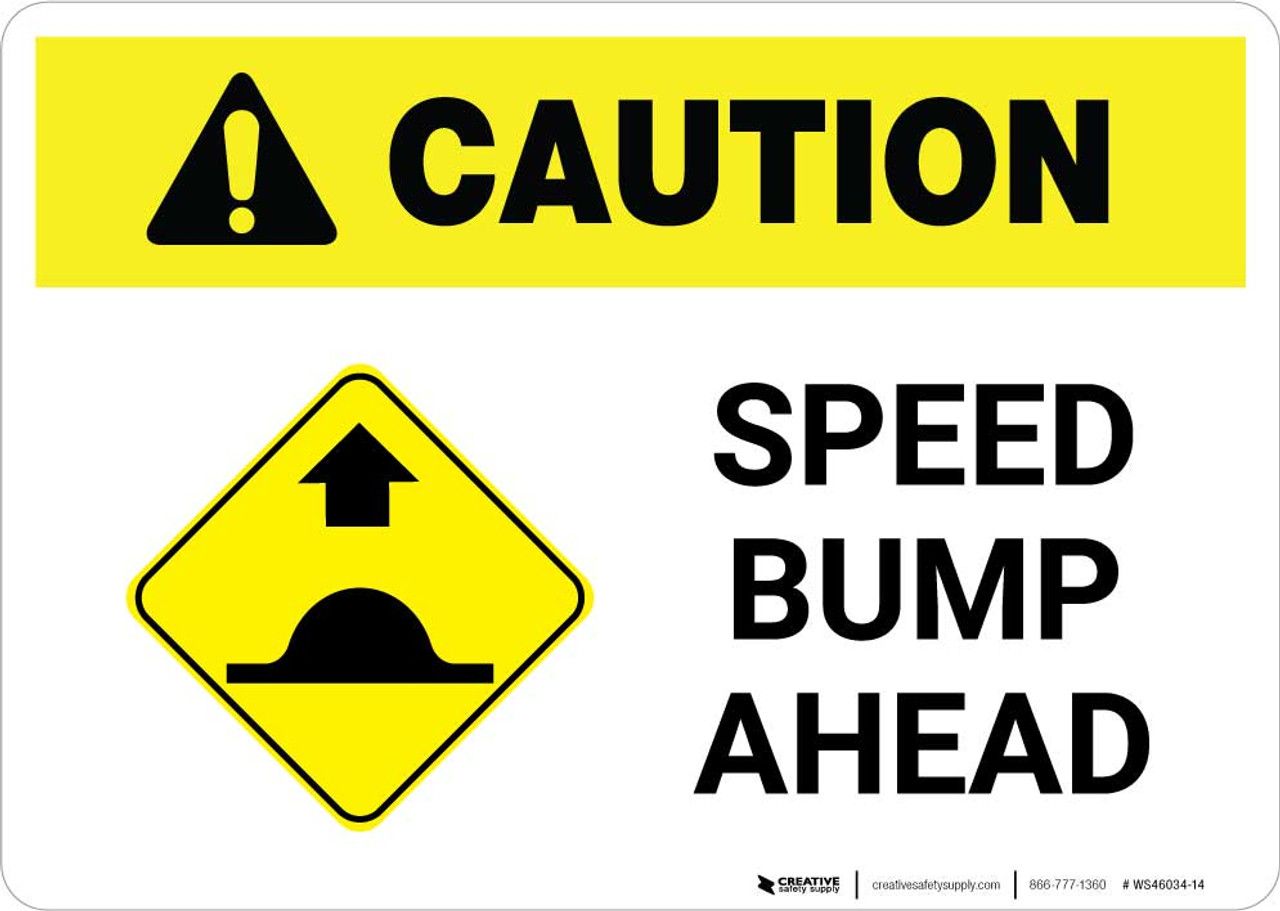Why Speed Bumps Stand Tall Instead of Sinking as Trenches
Key Take-aways from this Story
Every driver knows the jolt of hitting a speed bump too quickly. That discomfort is not a flaw — it’s the very point. Speed bumps, humps, and cushions belong to a family of traffic-calming devices used to curb speeding in residential areas, school zones, and accident-prone spots.
Their goal is simple: reduce vehicle speed and protect pedestrians. To achieve that, the device must interrupt the normal rhythm of driving. A raised bump accomplishes this by forcing the vehicle to climb and descend, creating a physical reminder that speed comes at a cost.
Engineering Logic: Building Up vs. Digging Down
When engineers decide how to alter a road, one question matters: which method is safer, easier, and more cost-effective? The answer explains why bumps rise instead of sinking.
-Raised bumps: Built by adding a layer of asphalt or prefabricated rubber on top of the road. Construction is quick, inexpensive, and minimally disruptive to traffic.
-Trenches: Would require cutting into the existing pavement, reinforcing edges, addressing drainage, and ensuring stability. Costs skyrocket, and construction disrupts traffic for much longer.
The choice is clear. Elevating the road is far simpler than carving it down.
Safety Concerns: Why Trenches Fail the Test
At first glance, one might wonder: wouldn’t a trench also slow cars? The answer is yes — but in all the wrong ways. Trenches act less like controlled speed-calming devices and more like hidden hazards.
-Vehicle damage: Trenches would jolt suspensions, scrape undercarriages, and blow tires. Instead of nudging drivers to slow down, they’d punish even cautious ones.
-Loss of control: Hitting a trench at speed could destabilize a vehicle, increasing accident risks rather than reducing them.
-Pothole effect: Trenches mimic the hazards of potholes, something road authorities work to eliminate, not deliberately install.
A speed bump, by contrast, slows a vehicle in a predictable, controlled manner.
Water and Dirt: The Drainage Disaster
Roads already battle enough with drainage issues. Introducing trenches would only multiply the problem.
-Rainwater would collect in trenches, turning them into mini ponds.
-Dirt, sand, and trash would accumulate, turning them into clogged pits.
-In colder climates, trenches would freeze over, forming sheets of ice that endanger drivers.
Maintenance crews would constantly battle to clear, pump, and refill these depressions. With bumps, the water flows past naturally — no extra work required.
Durability and Maintenance

Speed bumps are designed to last. Asphalt, concrete, or rubber bumps withstand years of vehicle crossings with only occasional repainting. Trenches, however, would deteriorate rapidly. Their edges would crumble under the constant weight of traffic, leaving uneven, jagged surfaces. Repair costs would rise, and road safety would decline.
Urban planners prefer solutions that last decades with minimal intervention. Raised bumps meet that test. Trenches do not.
The Psychology of Visibility
Traffic control is not just about physics — it’s also about psychology. A speed bump is visible from a distance. Painted in bright yellow or white, sometimes paired with signage, it sends a clear message to the driver: slow down now.
A trench, however, lacks the same visibility. Unless drivers were constantly on high alert, they might not notice it until too late. Sudden braking or swerving could cause accidents. Visibility makes bumps not only effective but also safer than trenches.
Flexibility of Design
Speed bumps aren’t one-size-fits-all. Depending on the road and traffic, engineers can adjust:
-Bumps: Steep and abrupt, designed for very low speeds in residential areas.
-Humps: Wider and gentler, used on busier roads where traffic flow must continue.
-Cushions: Gapped designs allowing larger emergency vehicles to pass unhindered.
This flexibility would be nearly impossible with trenches. A trench can’t be shaped easily to accommodate different vehicle types. Raised designs offer far greater adaptability.
Conclusion: Raised for a Reason
Speed bumps may be a nuisance to drivers, but they save lives and protect neighborhoods. Their raised design is deliberate: it’s cheaper to build, easier to maintain, safer for vehicles, and more effective at controlling speed. Trenches, while theoretically capable of slowing cars, would bring chaos — flooding, accidents, and damage.





0 comments